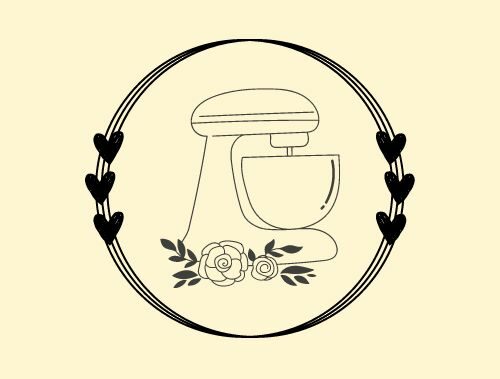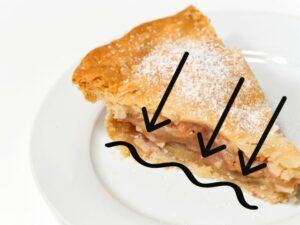You cut the pie that you have worked hours making. And to your horror, the bottom is soggy. Well, shoot, you do not want to serve this soggy mess to your guests. But you also want to know, “Why does my pie have a soggy bottom?” so that you can avoid this disaster the next time. Grab a snack and read on to find the answers to this dilemma. And a few tips for preventing this disaster as well.
Why Does My Pie Have A Soggy Bottom?
The top reason why pie has a soggy bottom is underbaking. But there are a few more, such as not pre-baking the crust prior to filling, the filling being very moist, and seeping into the bottom crust before it has had time to set. And not baking the pie at the correct oven temperature. An oven temperature that is too low will also inhibit the bottom crust from setting.
Underbaking
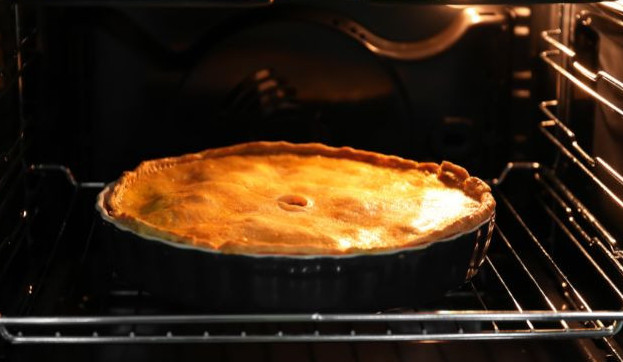
By underbaking your pie, two things are actually happening. 1. The bottom crust has not had enough time to set up to prevent the filling from absorbing into the crust, and 2. The filling has not had enough time to thicken, and therefore, again, it will absorb into the bottom crust.
Follow the recipe instructions as far as baking time. The top crust may look nice and golden, but that doesn’t mean that the bottom crust has baked through. Cover your top crust with foil to prevent over-browning, and continue to bake that pie.
Not Par-Baking The Crust
Custard pies require prebaking the crust. The reason? Custard pies do not require baking, just the crust. The filling is cooked before going into your prebaked crust and then refrigerated until serving time. The exception here is pumpkin pie. You actually want to par-bake the crust, fill it with your pumpkin filling, and then bake.
With fruit pies, you may need to par-bake the crust. This means you are only partially baking the crust just until it has a firmer bottom and time to set up. This will keep the filling from absorbing into the crust.
Moist Fillings
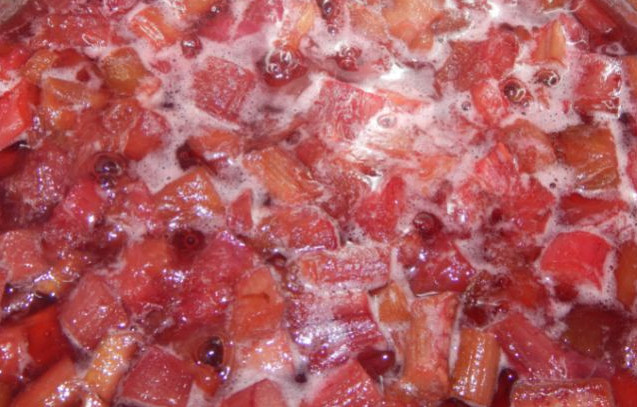
Fruit pies are notorious for being overly moist. The sugar you add to the fruit will pull out the moisture in the fruit and create a syrup. So essentially, your fruit is swimming in liquid. And all this liquid is going to seep into that bottom crust. One solution is that you can precook the filling after adding a thickener. This will thicken up the filling and prevent it from absorbing into the bottom crust.
Most recipes do not call for precooking the fruit, especially apples. I don’t. But did you know that Gordon Ramsey precooks his apples for apple pie? Check it out here.
Baking At The Wrong Oven Temperature

Most pie recipes state to bake the pie at a higher temperature for about 15 minutes and then lower the temperature. The higher oven temperature allows the bottom crust to set, and then, when lowering the temperature, allows you to finish cooking the filling to allow it time to set up to avoid a runny filling.
How To Prevent A Soggy Bottom Crust
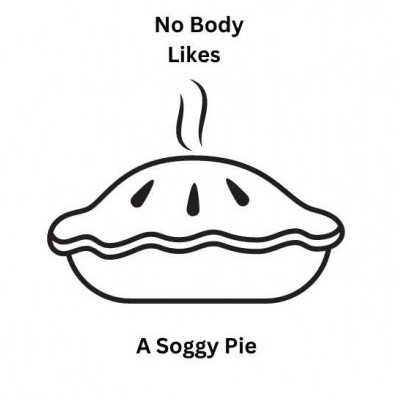
Follow these tips, and you can say goodbye to that soggy bottom pie crust forever!
Add A Layer
Sprinkle the bottom crust with dried breadcrumbs or crushed cornflakes. The added layer will soak up the filling before it can reach that bottom crust. You can also brush the bottom crust with a slightly beaten egg white. This will “seal” the bottom crust and prevent seepage from the filling.
I use egg white wash. I honestly can’t see adding breadcrumbs or crushed cereal to my pie. Lol
Thicker Crust
When rolling out your crust, make the bottom crust just a little thicker than the top crust. A thicker dough, when baked, may prevent the filling from leaking into the bottom crust. The operative word is “slightly” thicker. You don’t want your pie all crust, so to speak. You also want to taste that wonderful filling.
Use The Bottom Rack
The heat from the oven is at the bottom, so it makes sense that baking your pie on the lower rack will allow heat to bake the bottom crust first and allow it to crisp and will keep the top crust from getting too brown by baking too quickly. Using the bottom rack will also help with underbaking. And underbaking will cause a soggy bottom crust. Actually, when you think about it you are essentially killing 2 birds with 1 stone.
Pre-Heat A Baking Sheet
Place a baking sheet in the oven while pre-heating the oven. Remove from the oven and place your filled pie on the hot sheet, and return to the oven. That extra heat from the sheet will help the bottom crust to set more quickly and make a crisp crust.
You are not only achieving a crisper bottom crust, but removing the pie from the oven is so much easier. And cleanup is a breeze. The sheet will catch any runoff from the pie as well.
Final Thoughts
So you have a soggy bottom crust. The many reasons for this are either you are underbaking the pie, not par-baking the pie crust prior to adding the filling, your filling is very moist and seeping into the crust before it can set, or you are baking that pie at the wrong oven temperature. The oven needs to be hot to set that crust. Most recommendations are to bake at 450 degrees for 15 minutes and then lower the oven to 350-375 degrees, depending on what is stated in your recipe.
It’s all in getting that bottom crust set before the filling can absorb into it and cause the soggy bottom.
I hope that this article helped you and you learned something new. Try some of the tips to avoid that soggy crust and what worked best for you. I would love to hear about your experiences and your thoughts. Please leave me a comment below.
An As Always
Keep On Baking
Taianne

I’m Taianne, the owner and operator behind We Are Baking. Baking my first cake at age 11 hooked me on creating sweet treats. Though my interest faded during childhood, it was rekindled when I married my apple pie-loving husband. I love trying new recipes, tweaking classics, and helping others learn the science and art of baking. I started We Are Baking to share tips, tricks, and favorite recipes I’ve discovered over the years. When not in the kitchen, I enjoy spending time with family and friends. My goal is to inspire others to embrace their creativity through baking. Feel free to contact me with any questions!
Taianne@wearebaking.com
